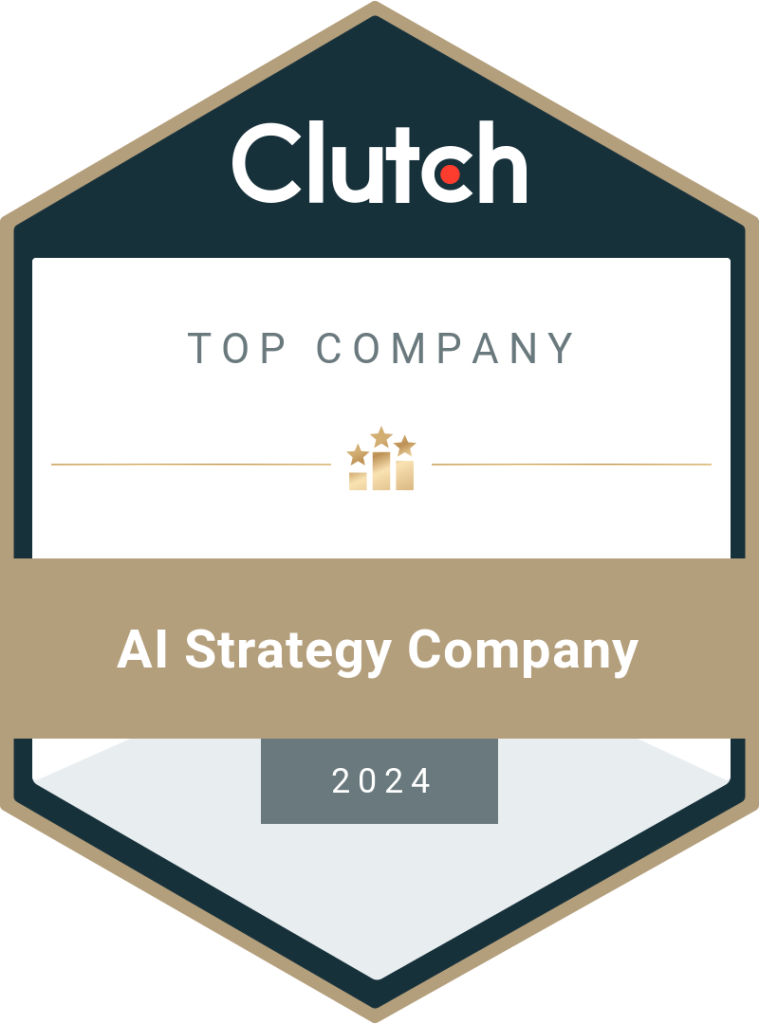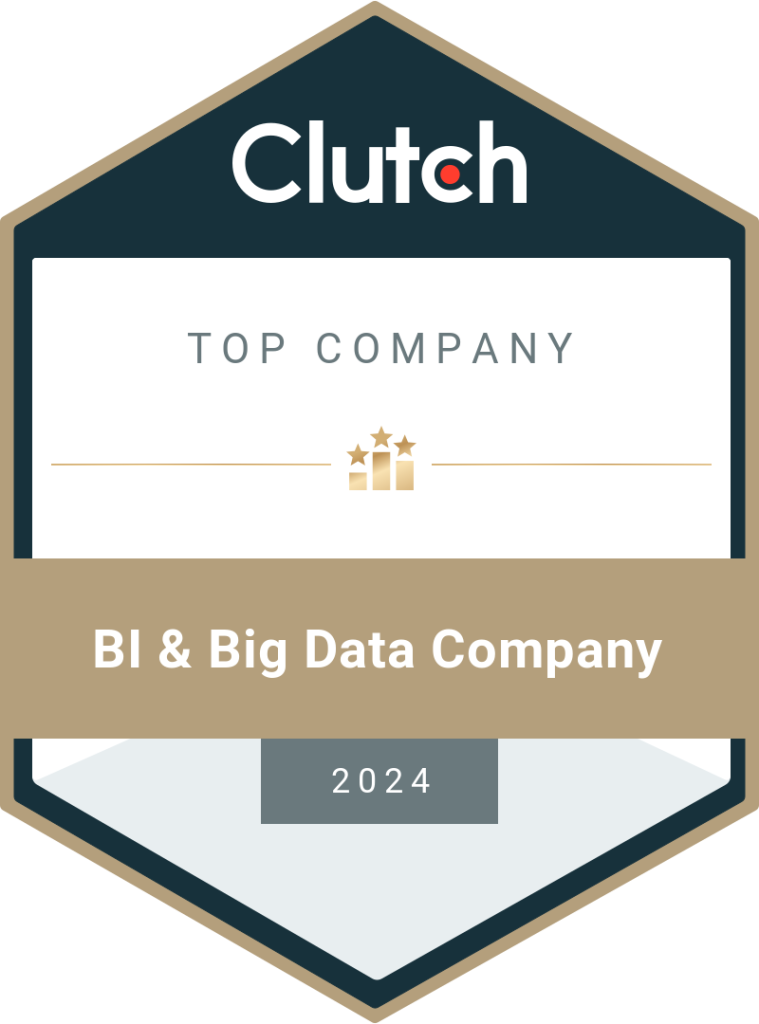Business Intelligence In Real Estate: Empowering Industry with Insights
Business intelligence empowers real estate with valuable insights and informed decision-making by streamlining property search, enhancing listings,and simplifying buying and selling processes. Utilizing business intelligence in the real estate industry can offer significant advantages due to the vast potential of the market. The global real estate market size was valued at USD 3.69 trillion in 2021 and is expected to expand at a compound annual growth rate (CAGR) of 5.2% from 2022 to 2030. The implementation of business intelligence tools in the real estate sector enables investors to optimize profits and overcome obstacles. Many sectors, including finance, healthcare, transportation, and logistics, recognize the value of investing in business intelligence software development to unlock their business’s growth potential. Therefore, it is crucial to explore the benefits of business intelligence for real estate businesses. Can a real estate business intelligence solution deliver these advantages? In this article, we will outline the benefits of implementing business intelligence in the real estate industry, highlighting the five styles of business intelligence. Understanding Business Intelligence in Real Estate ● Business intelligence in real estate involves the collection, analysis, and interpretation of vast amounts of data to gain valuable insights and make informed decisions. ● Key components of BI in real estate include data gathering, storage, integration, analysis, and reporting. ● By harnessing the power of technology, including data visualization tools and predictive analytics, BI enables real estate professionals to extract actionable intelligence from complex data sets. What is Market Intelligence in Real Estate? Market intelligence in real estate refers to the process of gathering and analyzing data to understand market dynamics, trends, and opportunities. It involves monitoring and evaluating factors such as property values, rental rates, vacancy rates, supply and demand, economic indicators, and demographic information. Market intelligence provides a comprehensive view of the real estate market, enabling stakeholders to identify potential investment opportunities, predict market trends, and make strategic decisions. How is business intelligence used in real estate? The real estate industry is characterized by its complexity, involving large-scale operations with intricate details. In this context, data plays a crucial role. However, sifting through vast amounts of information can be a challenging task. This is where real estate business intelligence software becomes invaluable. A customized business intelligence solution tailored for the real estate industry not only analyses the extensive data generated from smart tools and systems but also helps identify key performance indicators (KPIs) for your organization. Additionally, commercial real estate can leverage bespoke BI solutions to explore new revenue models. When combined with machine learning algorithms, real estate business intelligence software provides actionable insights that assist investors in effectively managing their portfolios. Without a robust data interpretation system in place, valuable information and insights may go unnoticed, resulting in missed opportunities. However, by effectively reading and interpreting data, businesses can make informed decisions, leading to higher return on investment (ROI) and reduced costs. As you strive to optimize and grow your real estate business more efficiently, leveraging business intelligence and data analytics can be immensely beneficial. It is well-established that real estate heavily relies on business intelligence software solutions, as they offer significant advantages to companies, sellers, investors, and homebuyers alike. What are the benefits of business intelligence in real estate? Business intelligence offers numerous benefits in the real estate industry, revolutionizing various aspects of the business: Streamlined property search Business intelligence tools simplify the process of searching for properties. Users can analyze real estate data quickly, compare options, and make informed decisions. BI tools provide insights into nearby properties, allowing users to explore alternatives conveniently. Enhanced property listings Real estate platforms incorporating business intelligence software improve property listings. Sellers and brokers can provide detailed information about properties, helping potential buyers make informed purchase decisions. BI tools also utilise user search history and preferences to personalize property recommendations and create tailored offers. Efficient selling process Business intelligence software benefits both sellers and brokers. By analyzing past market performance and sales data, BI tools help sellers set competitive asking prices and stay updated with market trends. This streamlines the selling process and maximises profitability. Additionally, it eliminates the need for hiring additional staff to handle market analysis. Simplified property buying BI software simplifies the property buying process by offering tracking features. Users can monitor industry performance, such as property sales in specific locations, facilitating the setting of competitive prices. Business intelligence tools also provide insights and trends, leading to more closed deals and effective marketing strategies. Moreover, they offer a cost-effective alternative to hiring resources for data analysis. Financial management BI software in real estate enables efficient financial management. Instead of relying on complex reporting processes, real-time financial data is visualised on a dashboard. This allows users to monitor balance and cash flow statements and perform analysis and forecasting techniques easily. Connecting financial data with core business data provides comprehensive insights. Informed decision making Real estate business intelligence software empowers decision-making by consolidating data from various sources. The software provides valuable insights into all segments of the business, enabling profitable goal-setting and informed decision-making. By combining data sources, BI tools offer a comprehensive view of the business’s performance. Accurate pricing Business intelligence integrated software assists in setting the right asking price for properties. Whether you are a seller or buyer, analyzing trends provided by BI tools helps determine competitive and effective pricing strategies, leading to successful sales. Faster deal closure Business intelligence software expedites the deal closure process. In commercial real estate, where time is critical, BI tools provide access to comprehensive and up-to-date data. This allows brokers to identify and capitalise on profitable opportunities quickly. Visual representations like graphs and charts facilitate data interpretation, enabling efficient deal identification and closure. Conclusion The real estate industry is experiencing remarkable growth, and companies are actively exploring emerging technologies and innovative solutions to stay ahead. One such powerful tool gaining prominence is business intelligence (BI) in real estate. BI enables businesses to bridge the gap between market understanding and accurate forecasting, empowering them to make informed decisions. It also
Read More






